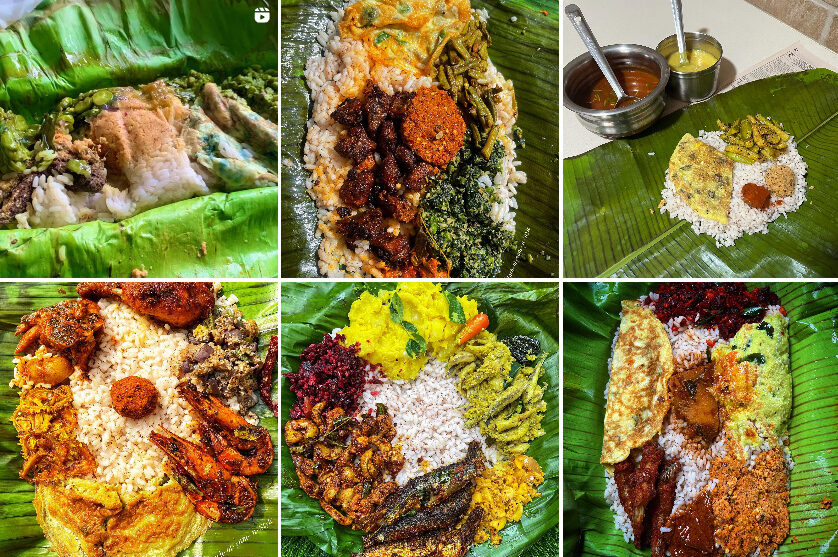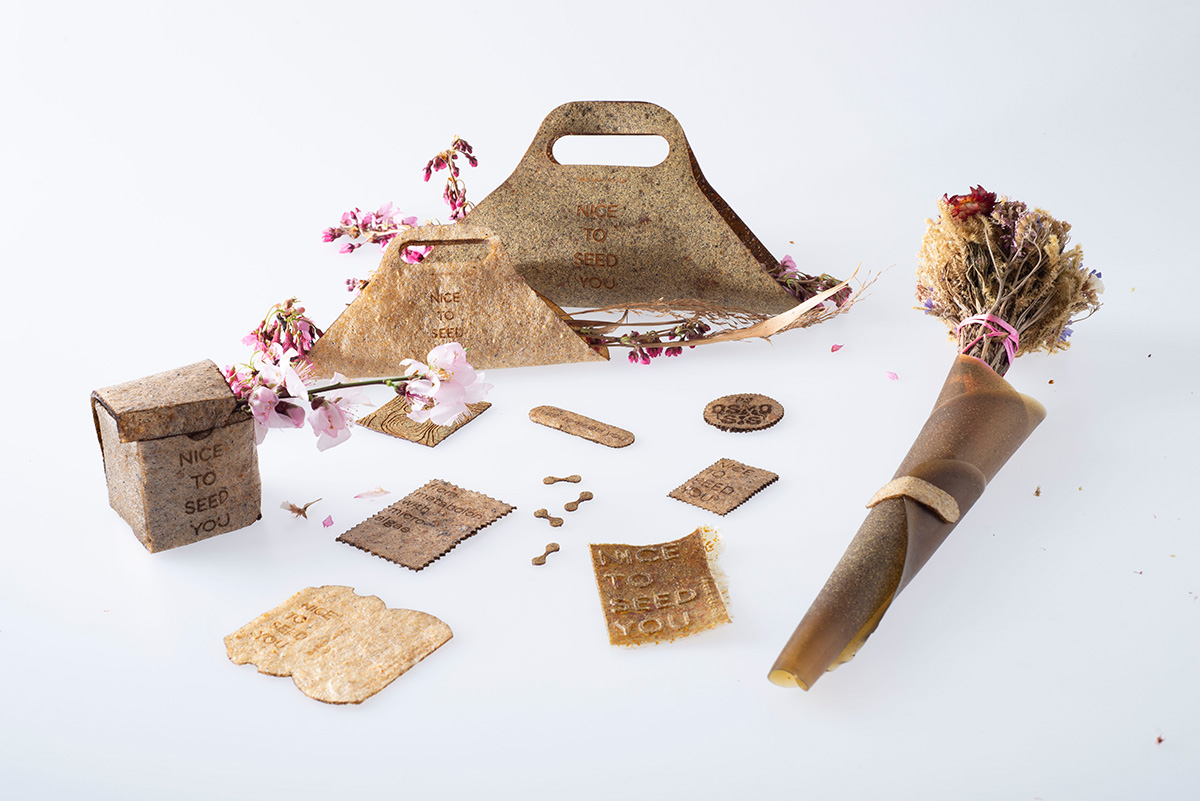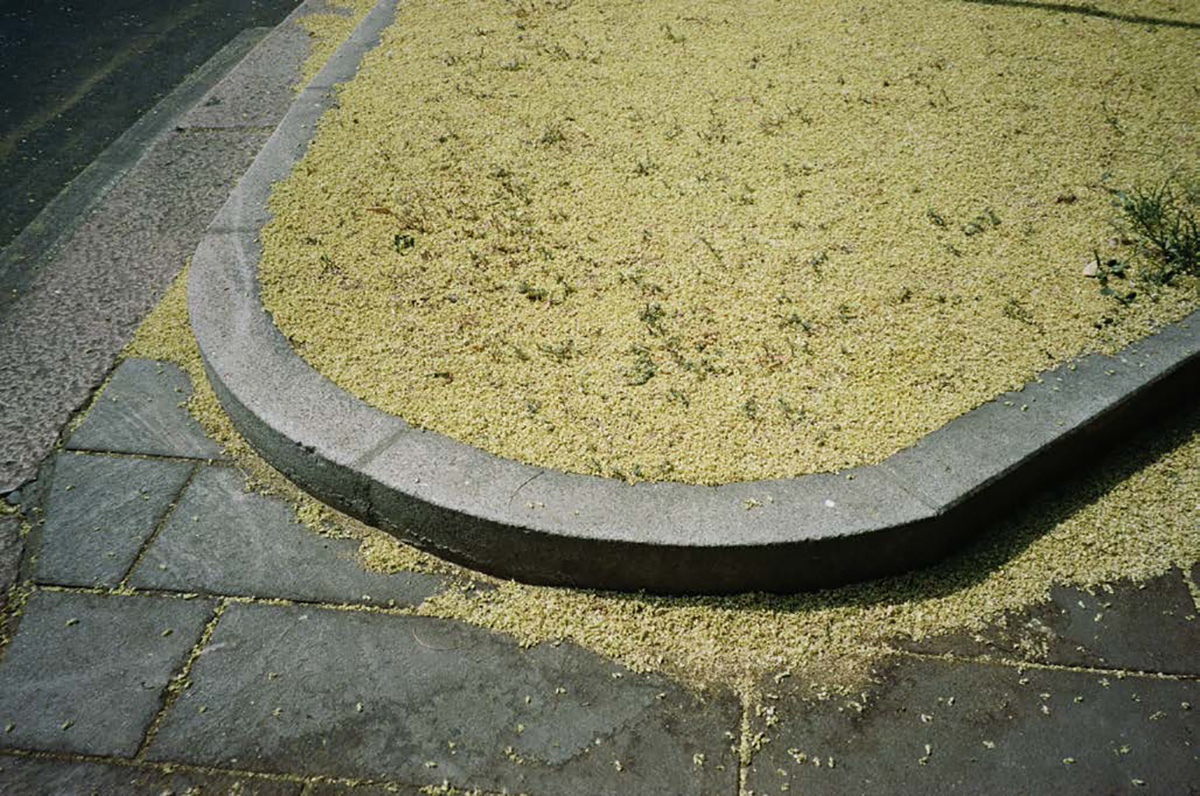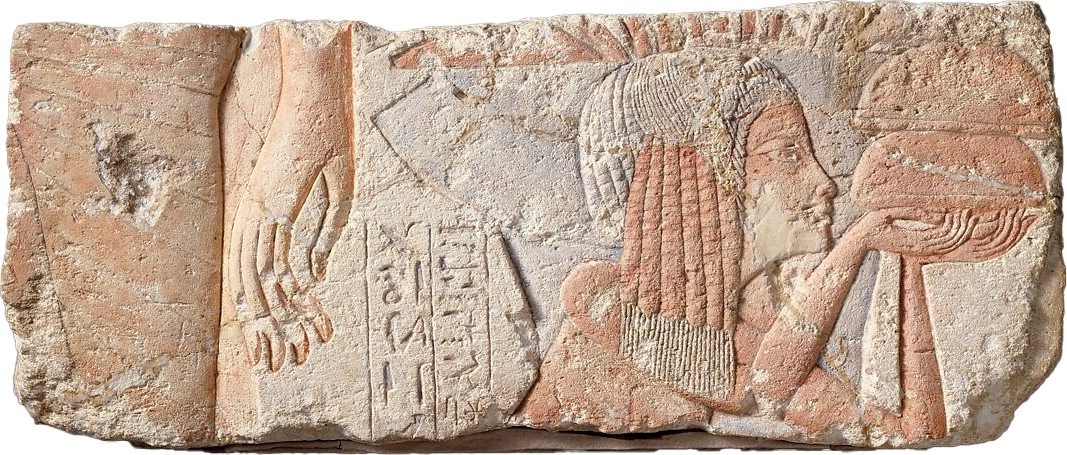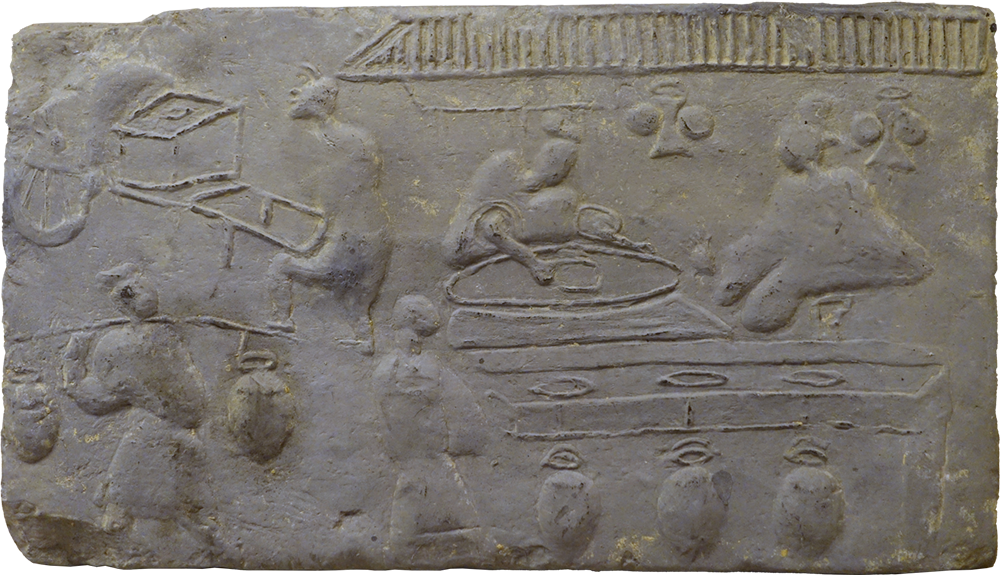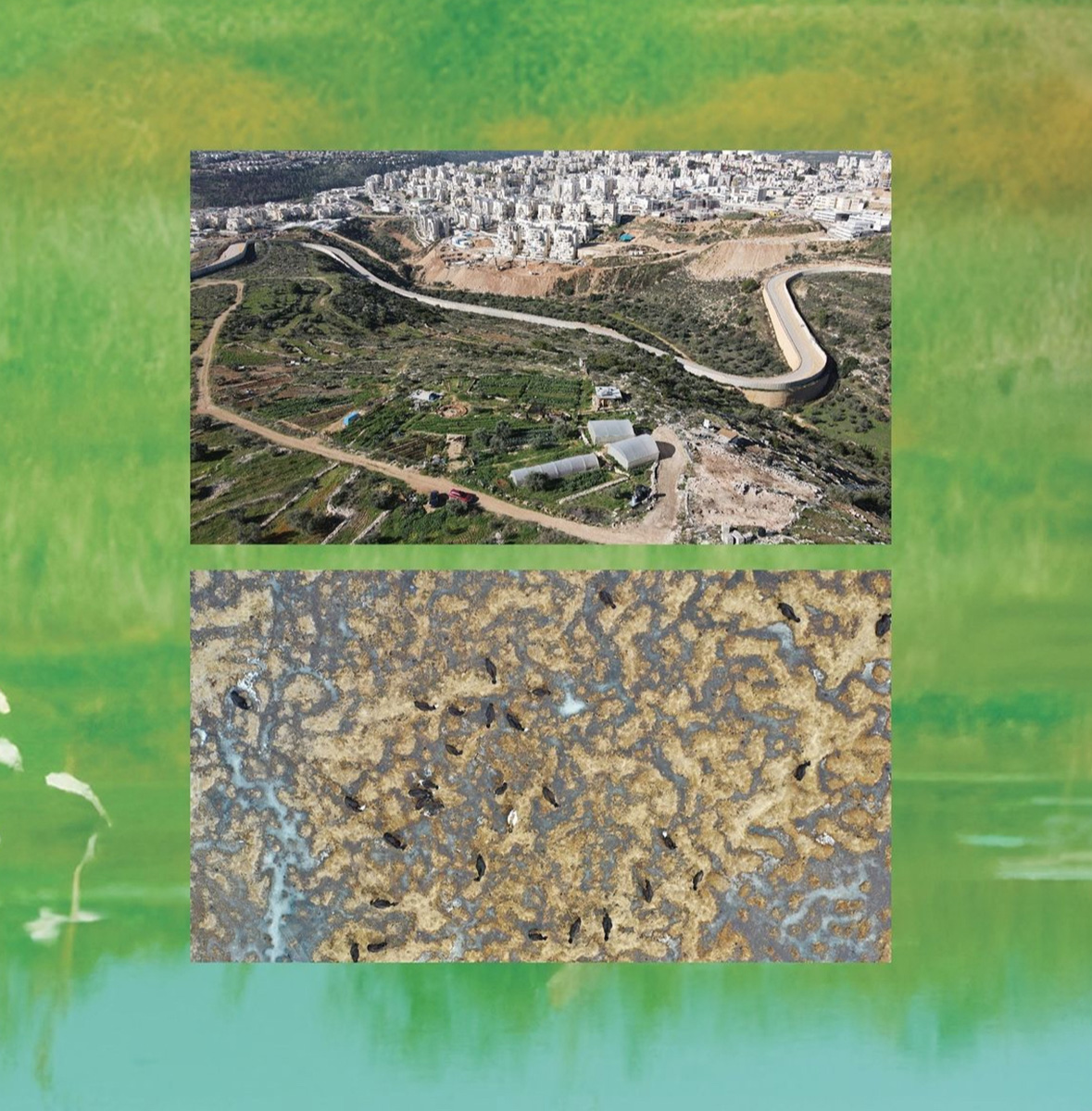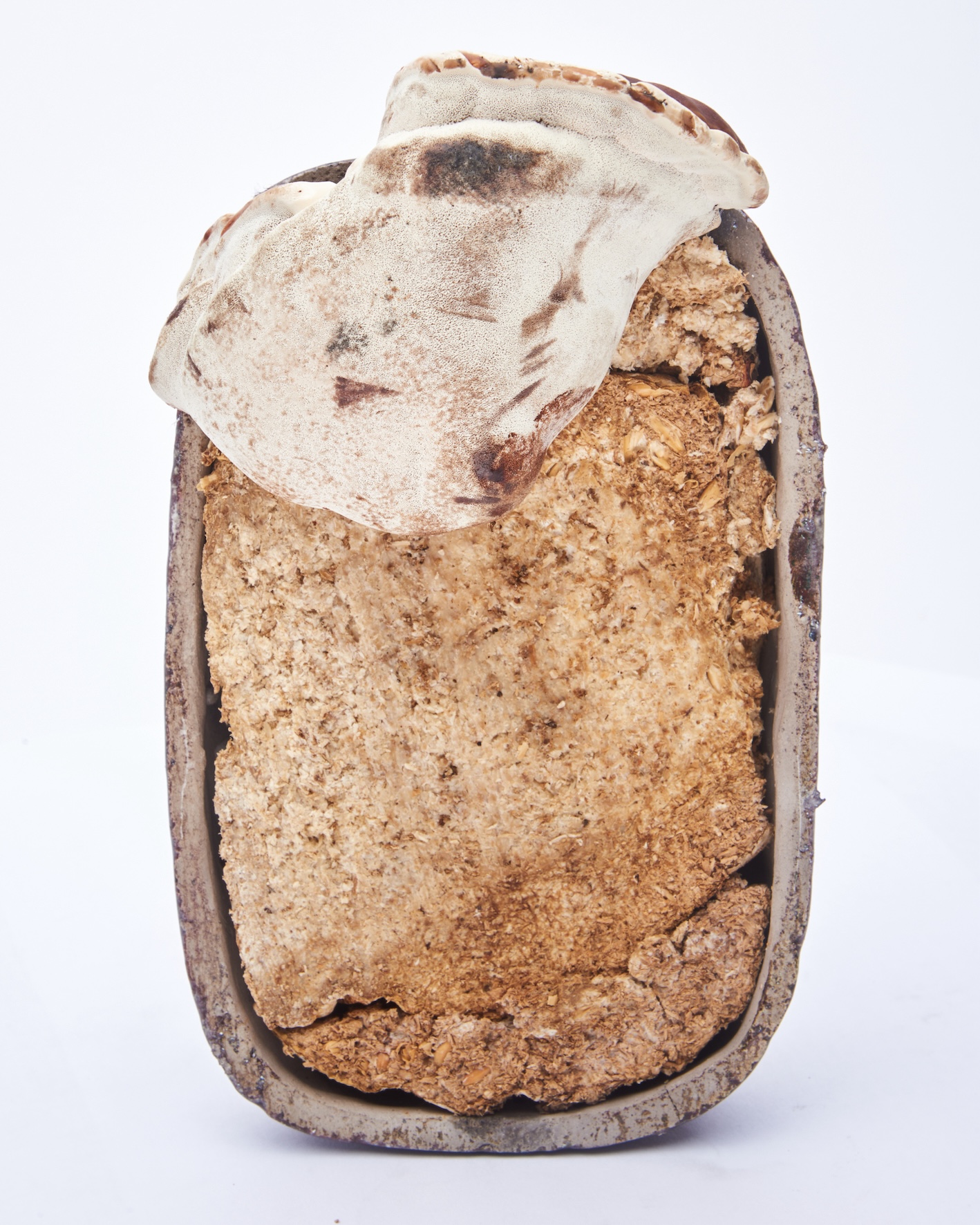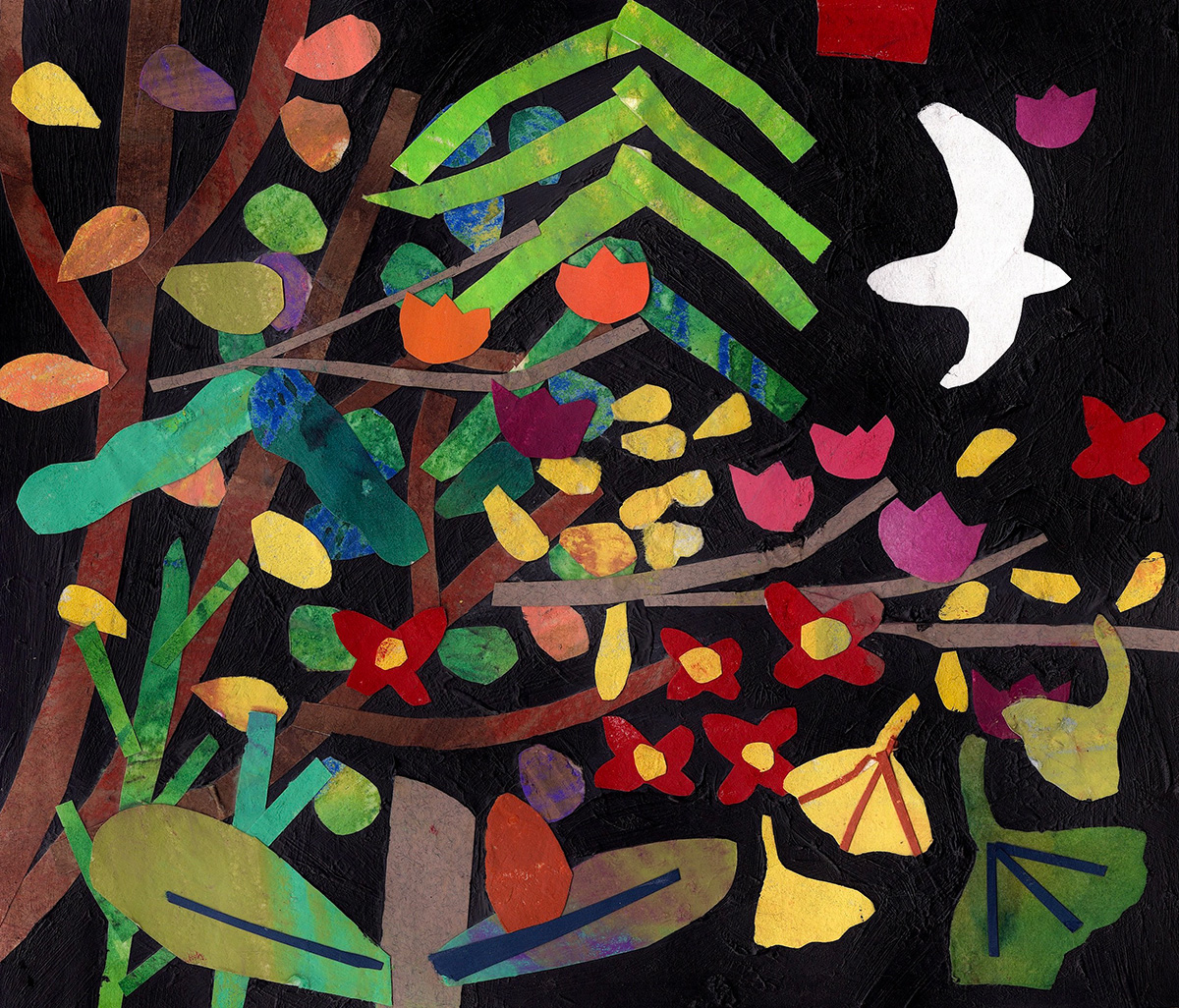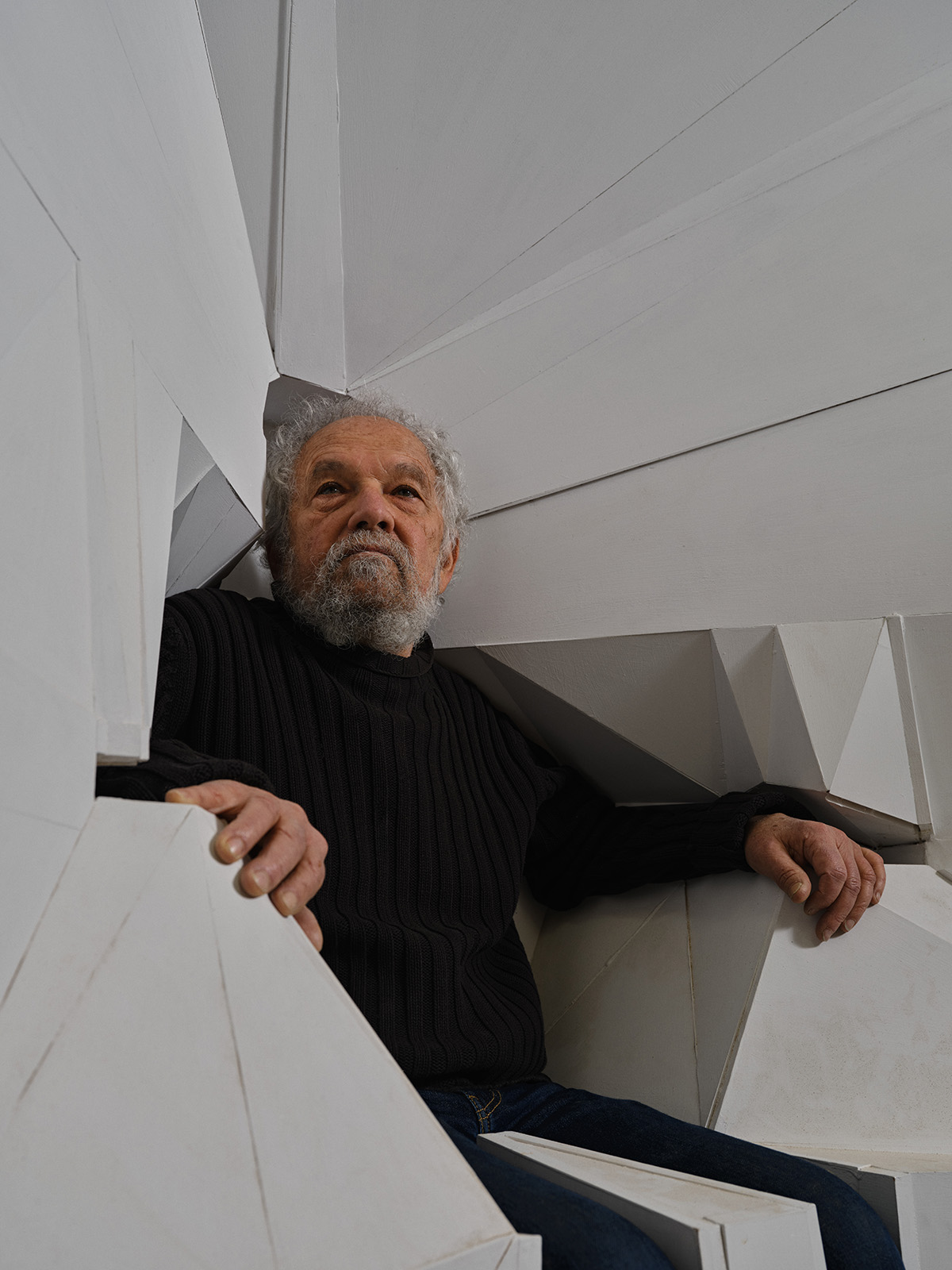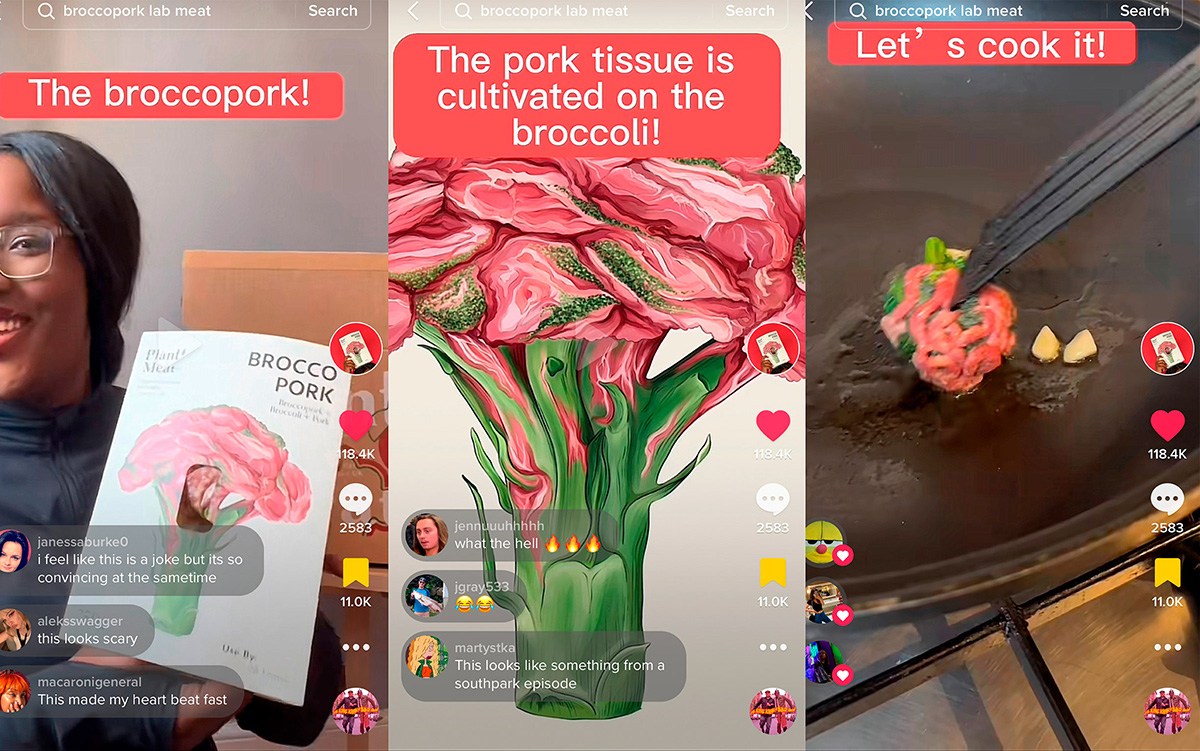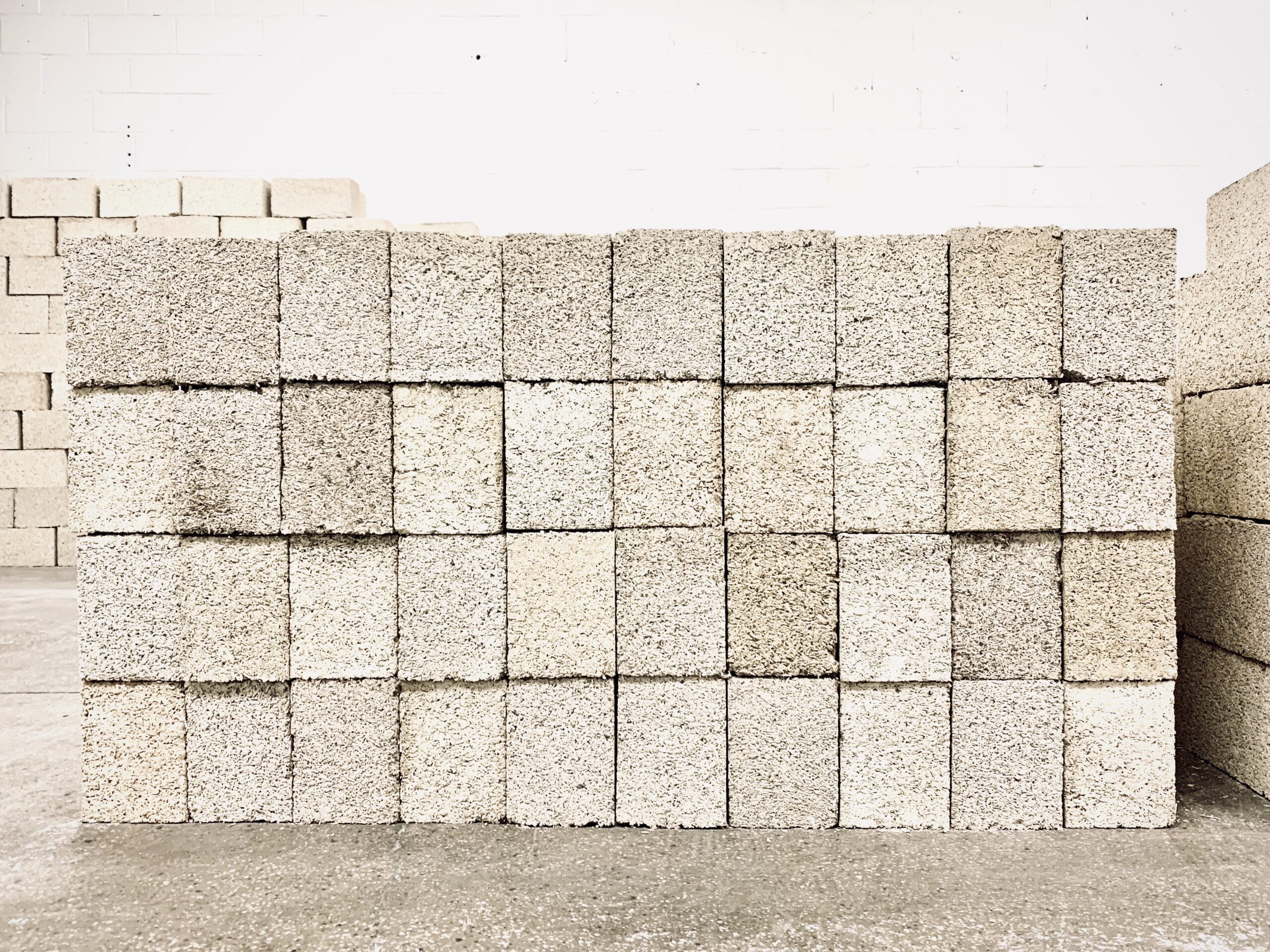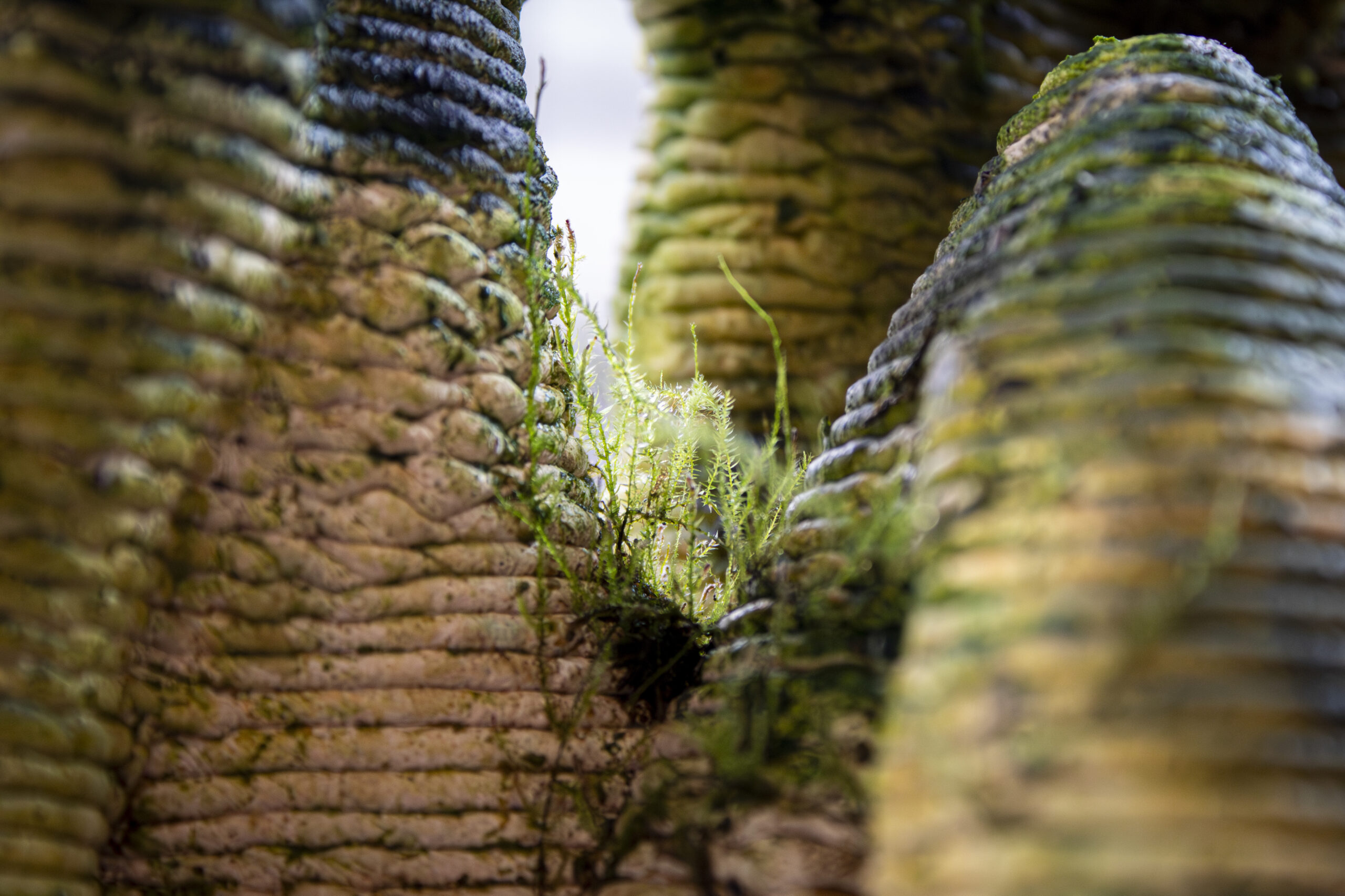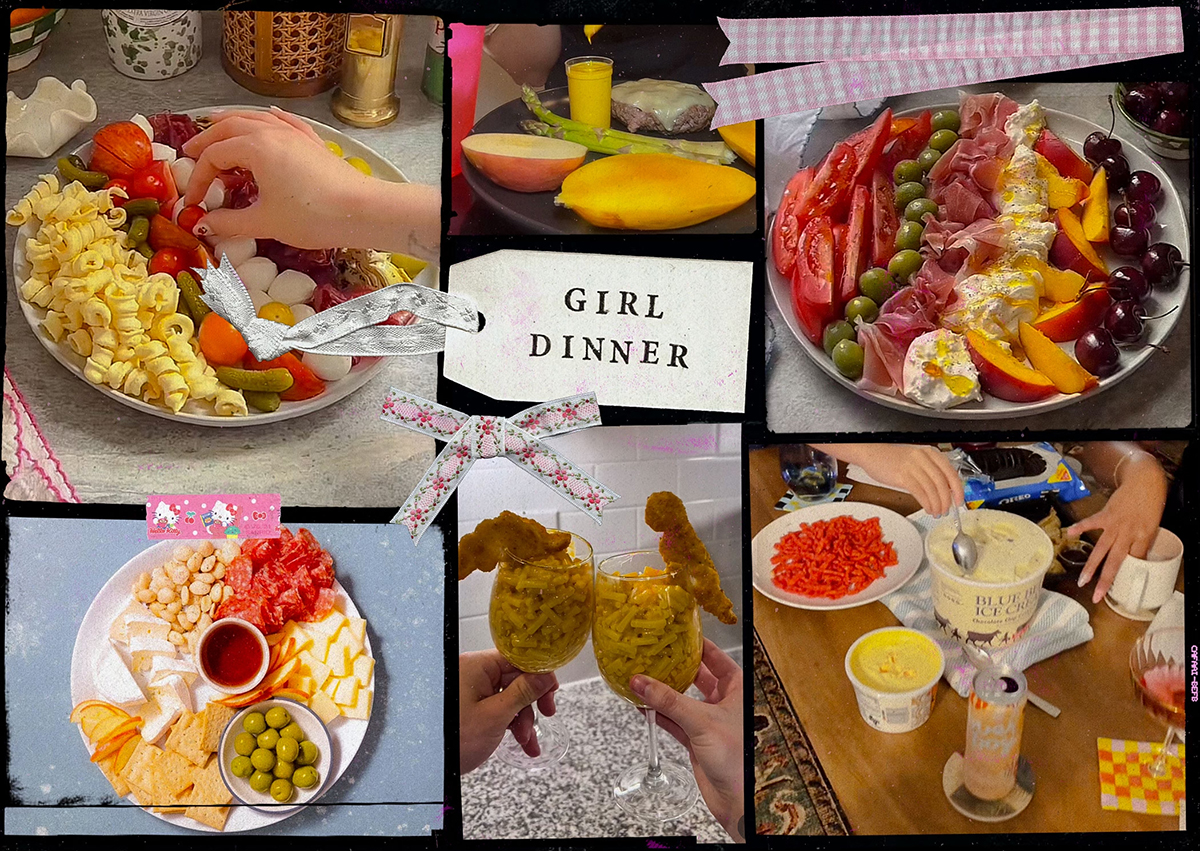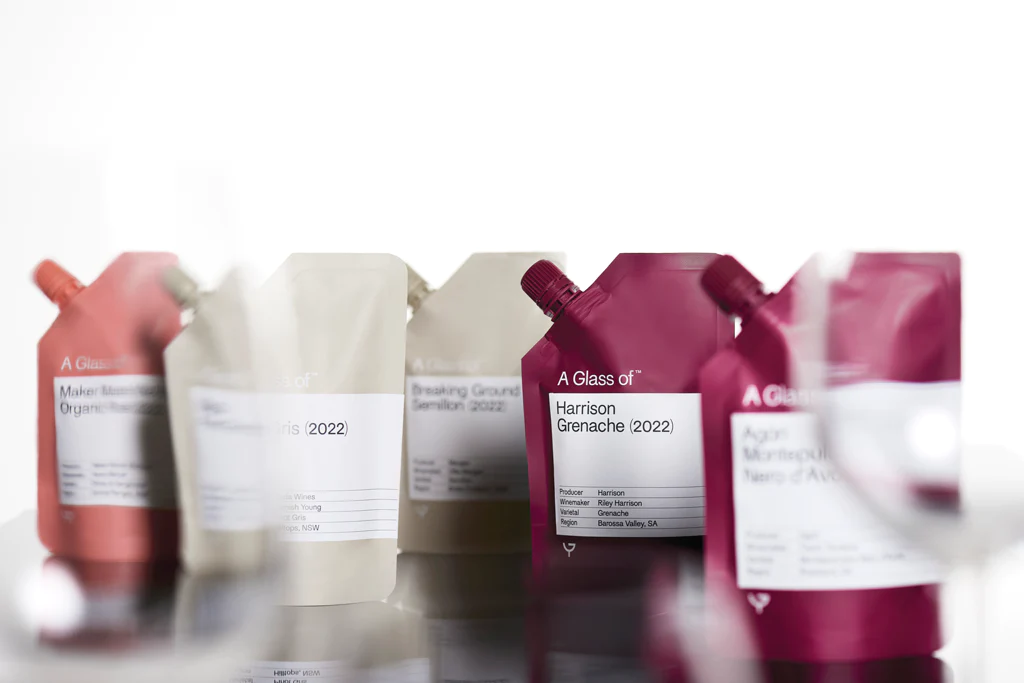Before food delivery apps had been imagined; when eating at restaurants was either beyond one’s financial means, disallowed by caste restrictions, or otherwise inaccessible; before infrastructure that facilitated easy travel and shortened distances existed; there was the pothichoru. Literally meaning rice (and accompaniments) wrapped in banana leaves, the pothichoru, a cultural staple in the South Indian state of Kerala, has existed for generations. Usually eaten for lunch, the pothichoru is as much an idea and a process as it is a practical, wholesome and eco-friendly practice of eating. Given the proliferation of community-led food programs in the state in recent years, centred almost wholly around the humble packed meal, pothichoru might potentially help foster a sense of egalitarianism in an India so overtly being dissected along caste, religion and food culture lines by the current Modi-led hyper-nationalist Hindutva central government.
Home cooked meals packed for lunch, whether it is in an office or in the fields, or for train and bus journeys—are as varied in form, dish and packaging design as there are foodways around the world. Lunch boxes in stainless steel, plastic or such other reusable materials are perhaps less messy and easier to commute with in urban settings, but the leaves of various trees and plants like fig, palm and banyan trees have been used to pack food for generations. The banana leaf remains the most popular choice in southern India though, given how most houses with a backyard carry a banana plant or two.
Pothichoru, the dish, is a patchwork of food items pressed into the sides of a generous helping of rice, most commonly the red Matta rice variety native to and popular in Kerala. It becomes the pothichoru, the packed meal, when it is then wrapped in a banana leaf. The packed meal can range from a minimalist rice and pickle with one curry combo to a whole thali-like feast, with endlessly imagined combinations of boiled egg, omelettes, fried fish or prawns, kebabs, chammanthi (coarsely ground coconut-based chutney), a few kinds of thoran (dry stir-fried vegetable dishes), pickles, chicken, mutton or beef and/or vegetable curries, curd or buttermilk, papad, banana chips and so on.
Depending on how large or small the banana leaf (or frond, to call it by its proper name) is, it is first washed and then cut into two or three ‘plates.’ The midrib at the back is sliced – not too thin, for the leaf will snap while folding, but not too thick either, for the leaf will tear through. The sliced portion is often used as a string to tie the parcel in the end. The banana leaf is then lightly smoked, or wilted a little on an open flame, to make it more pliable. First goes the rice, right in the middle, and any combination of dishes are arranged around it. The leaf is folded from the sides and then both the ends. It is sometimes packed in another layer of old newspapers to hold everything in, then tied. The heat from the toasted leaf, and the number of hours between when the food is packed and eaten, allow the flavour from the banana leaf to mix with the packed meal. It’s this design that gives the pothichoru a distinct flavour impossible to recreate with any other dining ware.
The pothichoru is mixed and eaten by hand with the open leaf serving as the plate. The leaf, along with any leftovers, is discarded to thereafter become fodder for cattle, food for stray animals, or composted, creating a system of sustainable consumption that is at once, practical and uncompromising on taste or nutrition. Mashed and soaked through from one dish to the other, pothichoru, like the best of comfort foods around the world, has little aesthetic appeal. But its practicality—in a world of single use plastic packaging and wastage—has made it an easy choice in community food programs in Kerala.
Hrithayapoorvvam Pothichoru, loosely translated, ‘a food parcel made from the heart,’ is a volunteer-led food program started in 2017 by the Democratic Youth Federation of India (DYFI), the youth organisation of the CPI(M) in southern Kerala. In a meticulously organised operation, volunteers assign a timetable at the beginning of the year for each district according to who might be able to provide a few extra servings as they cook for their families. This extra handful of rice, a few extra ladles of curry or vegetable is packed by the home cook in a pothichoru, collected by the DYFI volunteers and distributed in hospitals to visitors and attendants of patients, perhaps to the sick and the elderly in the neighbourhood, the homeless, or really to anyone in need. Because each one’s turn to cook comes, at most, a couple of times a year, the scheme bears little measurable financial burden on each family, thus allowing even the poor to participate.
The DYFI scheme alone, on last count, was distributing about 40,000 meals daily. Whether inspired by this scheme, or in continuation of a strong sense of community and care in Kerala—the most literate, and perhaps the most socially advanced of Indian states—there have been smaller programs that help feed the aged and the homeless in other parts of the state. This is especially so in remote villages like Kottampally where the ‘Sneha Oonu’ (loosely, ‘lunch of friendship’) places several pothichoru packets on a shelf near a bus shelter around noon for anyone in need to pick up. The food comes from Kudumbashree (a women’s empowerment and poverty alleviation community network in Kerala) women and youth groups, and sees active participation from political parties cutting across ideological differences. Then there are individuals who sell food parcels to daily wage labourers and others at prices as low as ₹25 (30 cents).
Perhaps the most interesting, and politically urgent aspect of these community-led schemes is how it creates an ethos of equality and egalitarianism where the home cook who packs the food and the person who ends up eating it do not know each other’s caste or religion. This is especially important in India where food choices and caste matters are weaponised to pit one community against the other to further shape majoritarianism and Other the minorities. Elsewhere in the country, upper caste Hindus will not eat food prepared by the Dalits, formerly called untouchables, who continue to be severely oppressed and are at the bottom of the Hindu caste hierarchy. Hindus and Muslims refrain from eating in each other’s houses for the other’s consumption of pork or beef. There are mind bogglingly complex rules for who can eat where and how, depending on caste, subcaste and so on.
“…[Pothichoru] creates an ethos of equality and egalitarianism where the home cook who packs the food and the person who ends up eating it do not know each other’s caste or religion.”
There is little in the pothichoru parcels, however, that convey who the cook is, what the family’s religion or financial status is, or such other identifiers. When there is no knowledge of the provenance of the food, the system of aid erases the impenetrable lines of caste violence and religious restrictions so deeply inherent in India’s eating practices. This ethos might be temporary and an unavoidable necessity in terms of need, but just as important is the fostering of a sense of community that cuts across political ideologies and interpersonal relationships.
Sharing food with another is seen as an invitation of friendship, as a peace offering and a marker of equality in most cultures. In India, it is understood that one does not betray someone after eating in their house. These age-old cultural norms remain binding, even in the face of intense Othering. Expecting community care and hunger alleviation programs like those involving pothichoru to effectively, wholly solve caste violence might be too tall a demand to make of the humble food parcel. But it must be acknowledged that foodways, much like words, do have the power to bring down empires.
